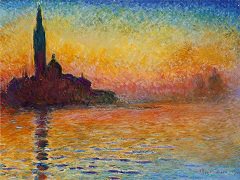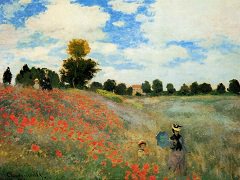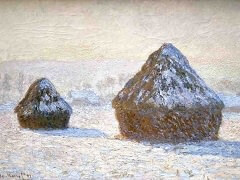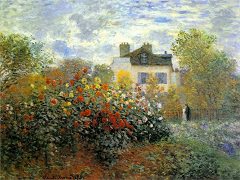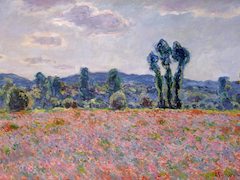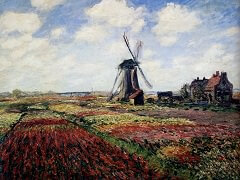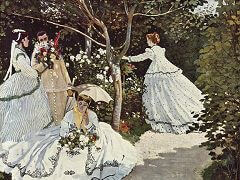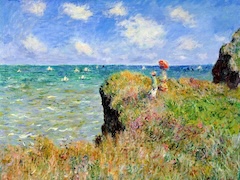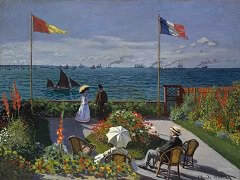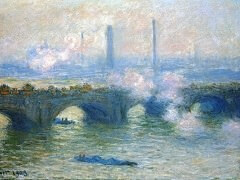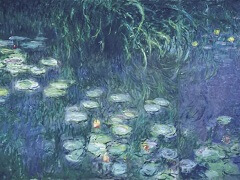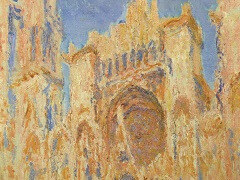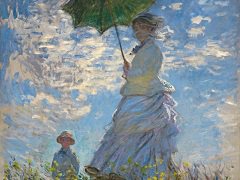Impression Sunrise by Claude Monet
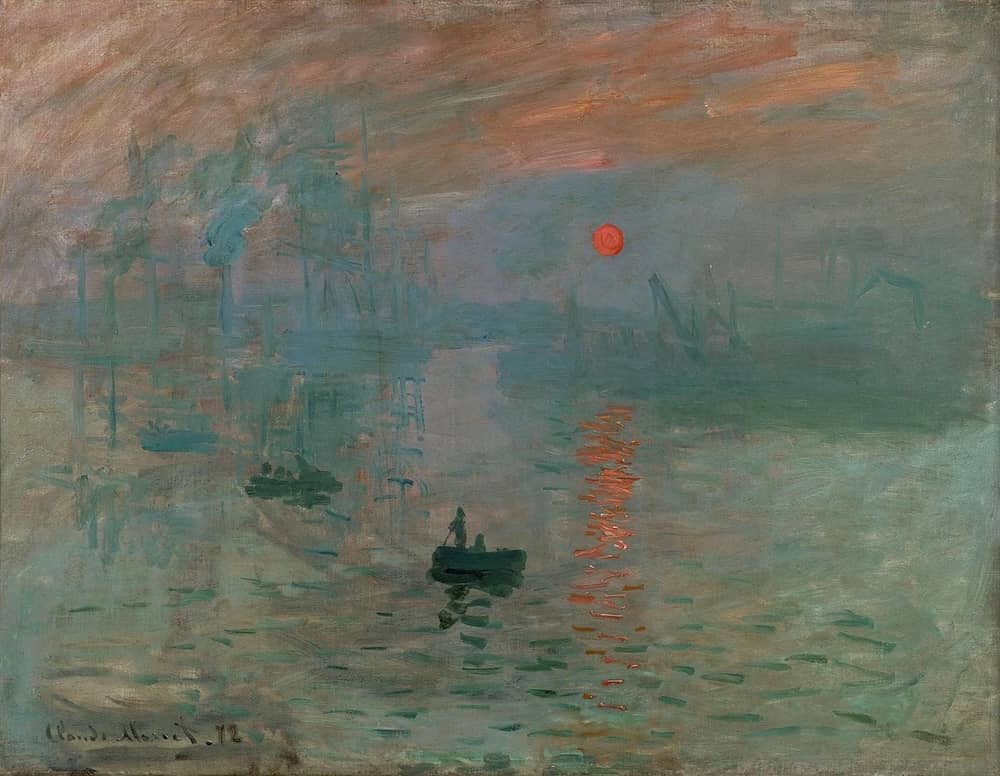
This famous painting, Impression, Sunrise, was created from a scene in the port of Le Havre. Monet depicts a mist, which provides a hazy background to the piece set in the French harbor. The orange and yellow hues contrast brilliantly with the dark vessels, where little, if any detail is immediately visible to the audience. It is a striking and candid work that shows the smaller boats in the foreground almost being propelled along by the movement of the water. This has, once again, been achieved by separate brushstrokes that also show various colors "sparkling" on the sea.
From the 15th April to 15th May 1874 Monet exhibited his work together with Camille Pissarro, Alfred Sisley, Edouard Manet, Paul Cezanne, Edgar Degas, and some other thirty artists. They organized their exhibition on their own as they were usually rejected at the Paris Salon. Most visitors were disgusted and even outraged over such a graffiti. Monet's Impression, Sunrise enjoyed the most attention and some visitors even claimed that they were absolutely unable to recognize what was shown at all.
A critic who attended the exhibition, M. Louis Leroy, wrote a now-famous article in Le Charivari in which he used the term "Impressionist" based on the title of this painting. Despite the fact that Leroy had used the word derisively, the group decided to adopt it and painters such as Renoir and Degas were happy to be called Impressionists.
Despite its notoriety, the painting is in some ways untypical of Monet's own work of this period and of Impressionism more generally. It shows little of the Impressionist treatment of light and colour. The colours are very restrained and the paint is applied not in discrete brushstrokes of contrasting colours but in very thin washes. In some places, the canvas is even visible and the only use of impasto is in the depiction of the reflected sunlight on the water. The painting is strongly atmospheric rather than analytical and has a spirit somewhat akin to Turner's works. Nevertheless, it does illustrate particularly well one of the features of an Impressionist painting that was thought so revolutionary. The technique is very 'sketchy' and would have been seen as a preliminary study for a painting rather than a finished work suitable for exhibition. (Monet himself saw the work as unfinished, and it was for that reason that he adopted the title 'Impression' to distinguish it from such works as his other view of Le Havre in the same exhibition, though this too lacks the finish than expected.)
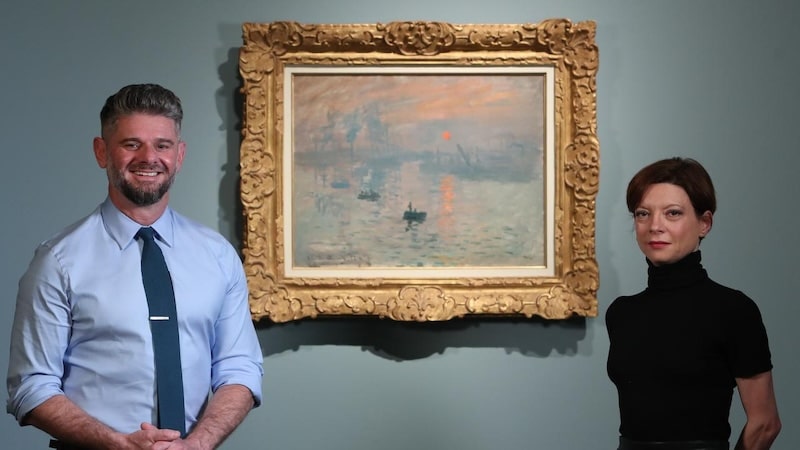
In Impression, Sunrise, Claude Monet stripped away the details to a bare minimum: the dockyards in tile background are merely suggested by a few brushstrokes as are the boats in the foreground. The whole represents the artist's swift attempt to capture a fleeting moment. The highly visible, near-abstract technique, compels almost more attention than the subject-matter itself, a notion then wholly alien to viewers.
Today, Impression, Sunrise is considered as the most prominent Impressionism painting, along with the famous Starry Night painting by Van Gogh.


